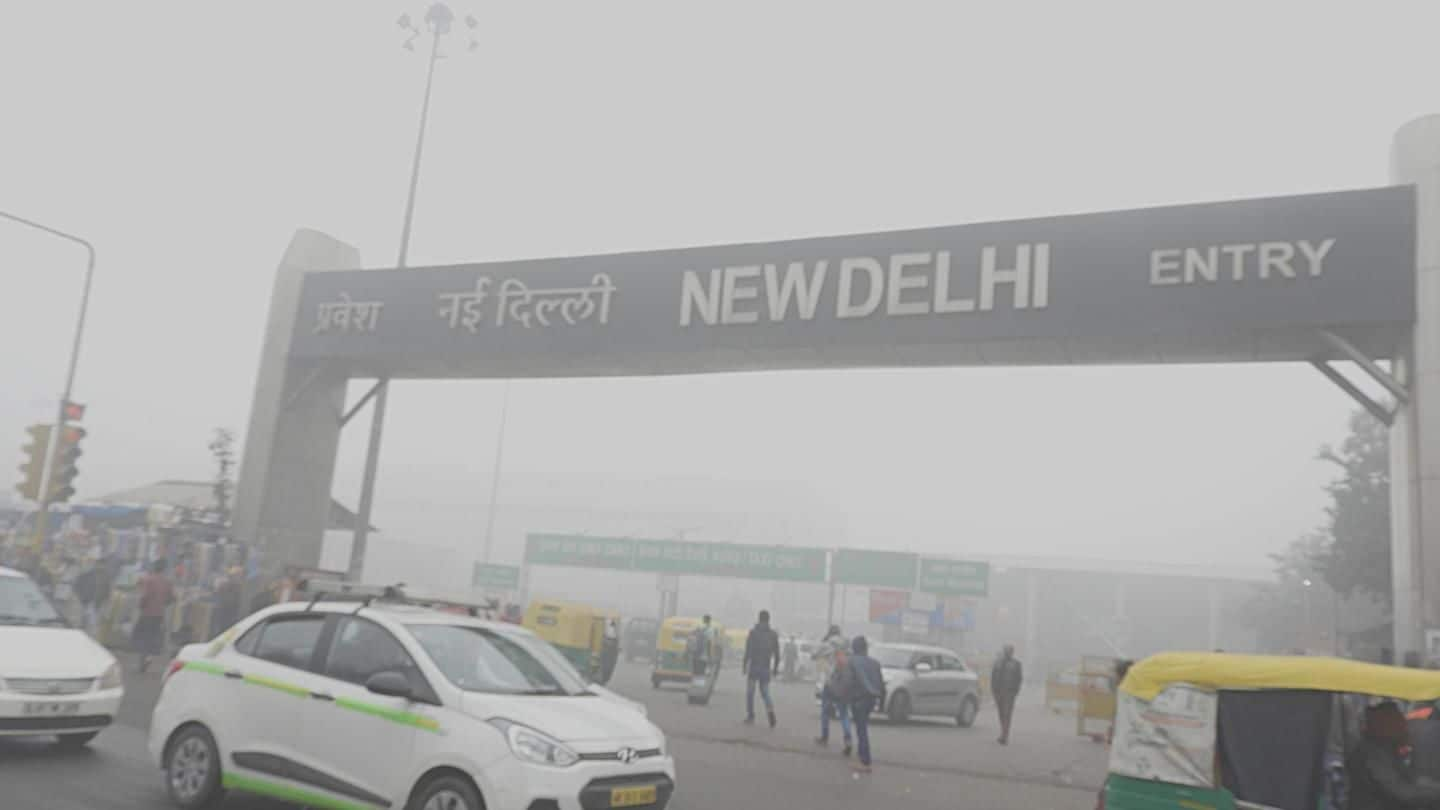
Delhi pollution: Living near main roads increases lung cancer chances
What's the story
Inhaling particulate matter containing trace elements like nickel and chromium pushes the chances of "lung cancer mortality" and this risk is more for those living nearby main roads in Delhi, said a study by IIT-Delhi and IIT-Kanpur scientists.
It found out that excess cancer risk through these elements is "13-16 times more than the safe limit for children" and in "tolerable limit" for adults.
Findings
Study done near IIT Delhi; PM 1 found during winters
For the study, the scientists studied the concentration of sub-micron aerosols or PM 1 on the main road and at an elevated spot near the IIT Delhi campus between November 2009 and March 2010.
It found out that 83% of PM 2.5 was composed of PM 1, main culprit for Delhi's deadly air pollution.
Moreover, "dominance of combustion activity-generated particles" was also indicated.
Information
What is a particulate matter or PM?
PM/Particulate matters are extremely fine substances having diameter in microns: 1-micron for PM 1, 2.5-micron for PM 2.5 and so on. By-products of factory emission, vehicular smoke, etc., PM remain suspended in air and are lethal as they clog the lungs; hence, causing lung cancer.
Details
Study found out exposure to emissions pose a huge danger
The study found out that these trace elements are released in the air via vehicular emissions, road dust, etc. and pose a huge threat to people in Delhi.
Like, high nitrate than sulfate in air could be from "high emissions of nitrogen oxides from fuel or oil combustion."
Similarly, iron and zinc, usually found in road dust could be "from brake/tire wear of vehicles".
Conclusion
For cancer risk, only well-known carcinogenic elements were studied
The study calculated excess cancer risk of only lead, chromium and nickel out of 11 trace elements as they are well-known carcinogens.
"Overall, the observed ECR values far exceed the acceptable level and it is of great concern to both adults and children of the capital of India."
"An increased lung-cancer mortality may occur among population residing close to the roadside," the study concluded.